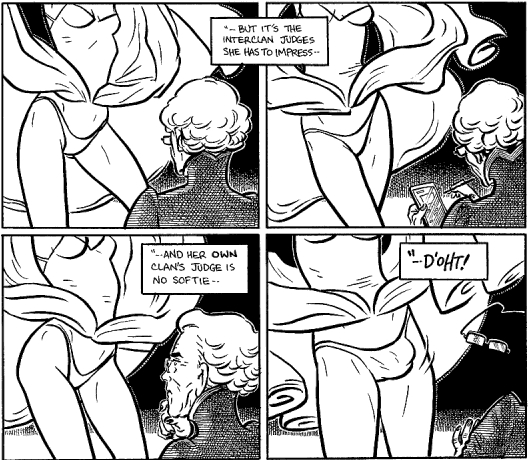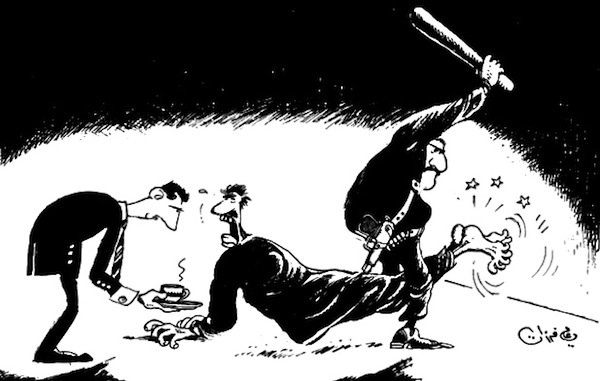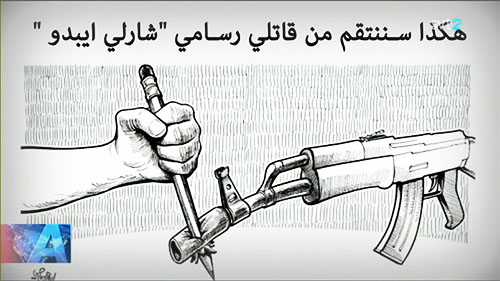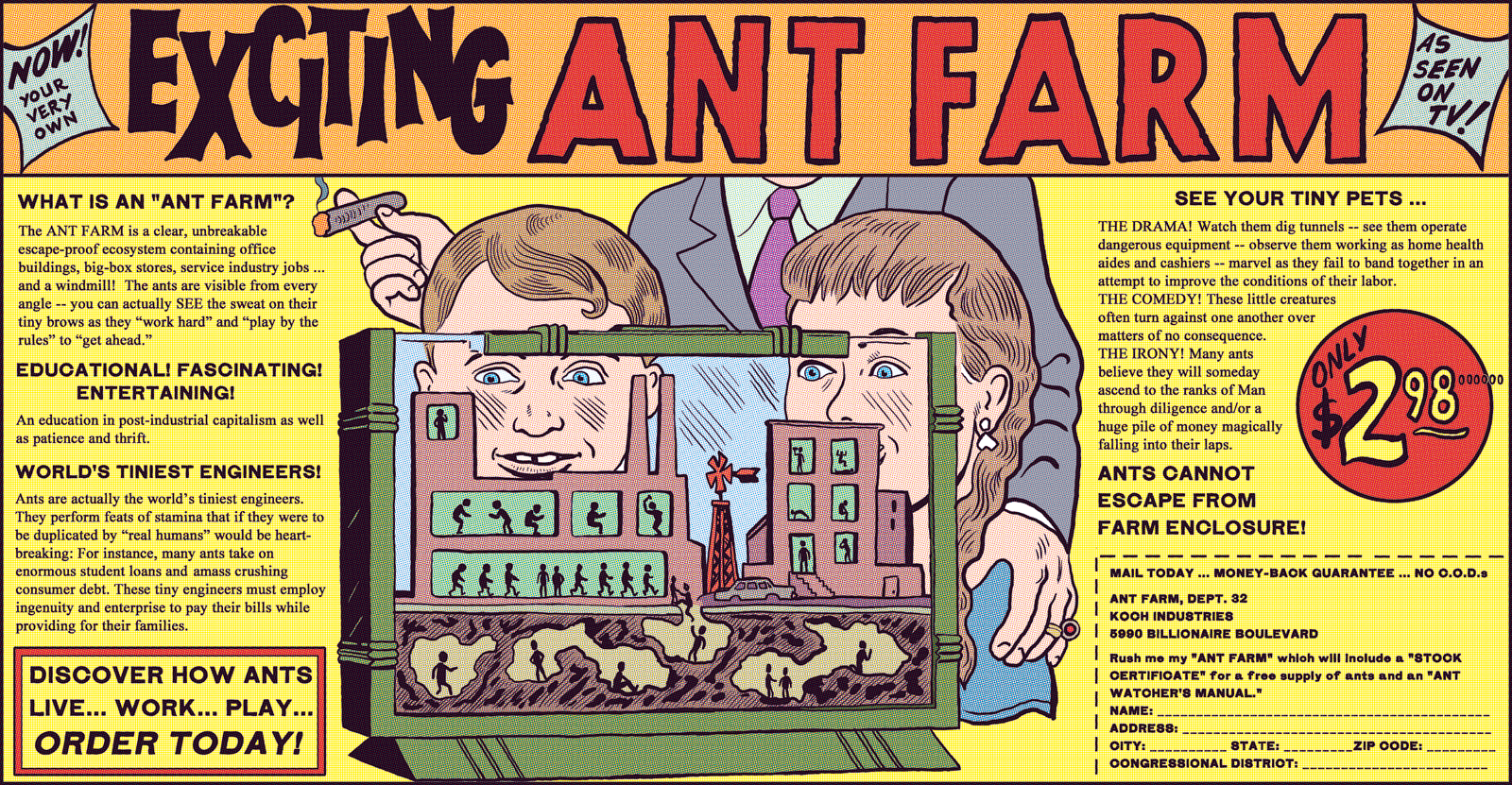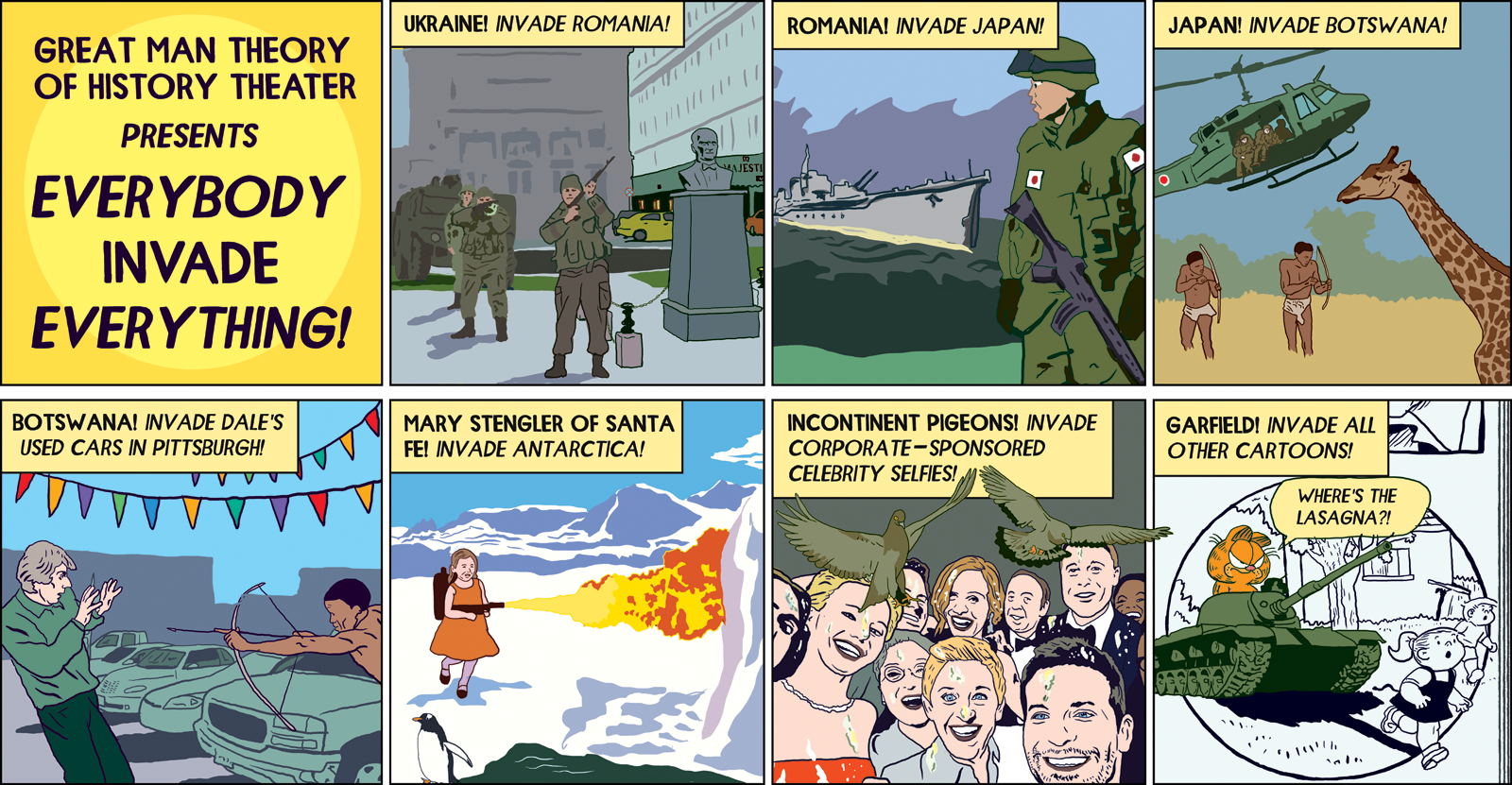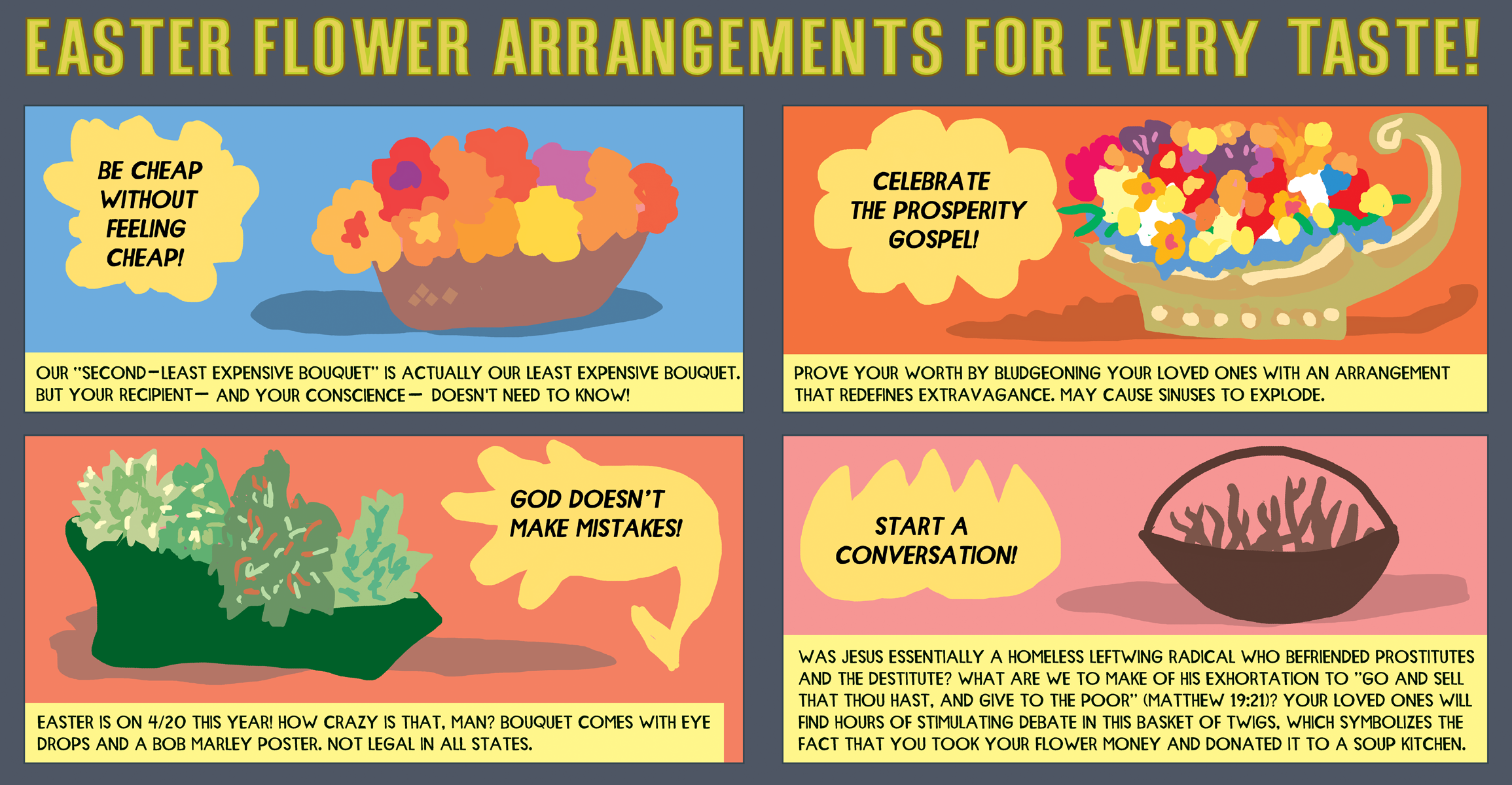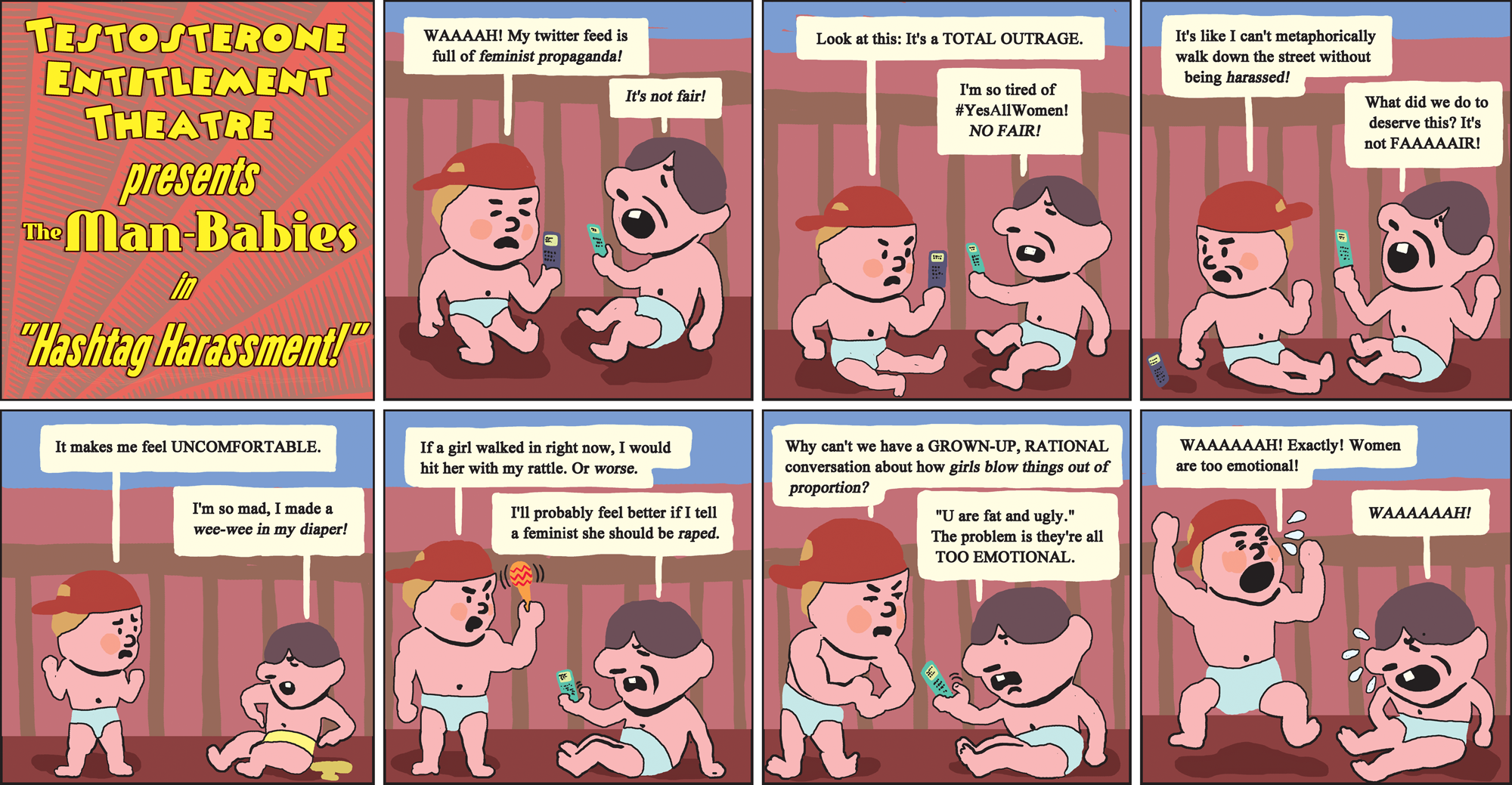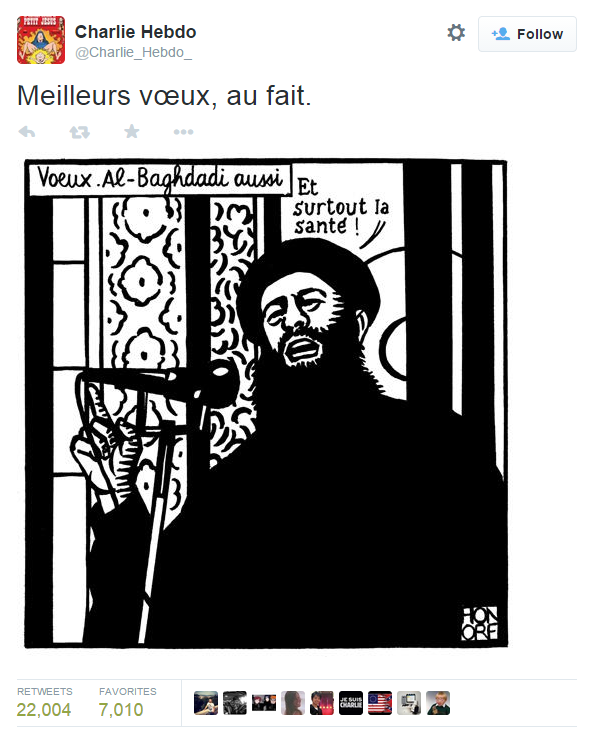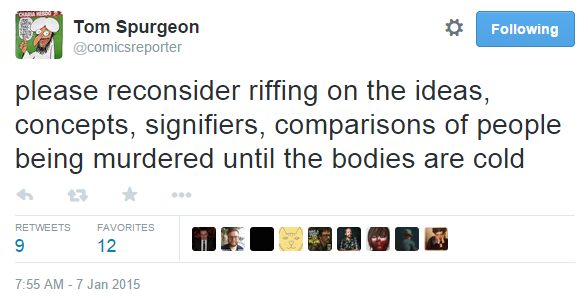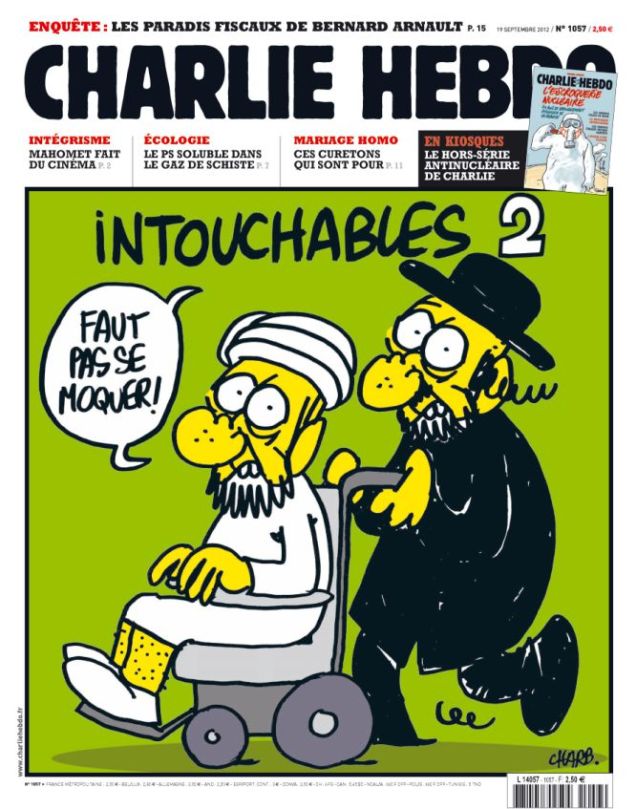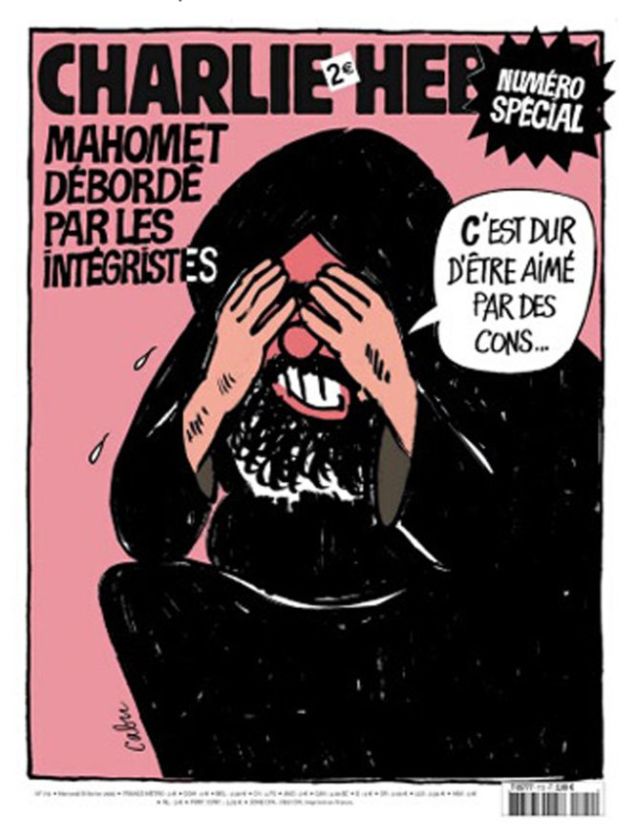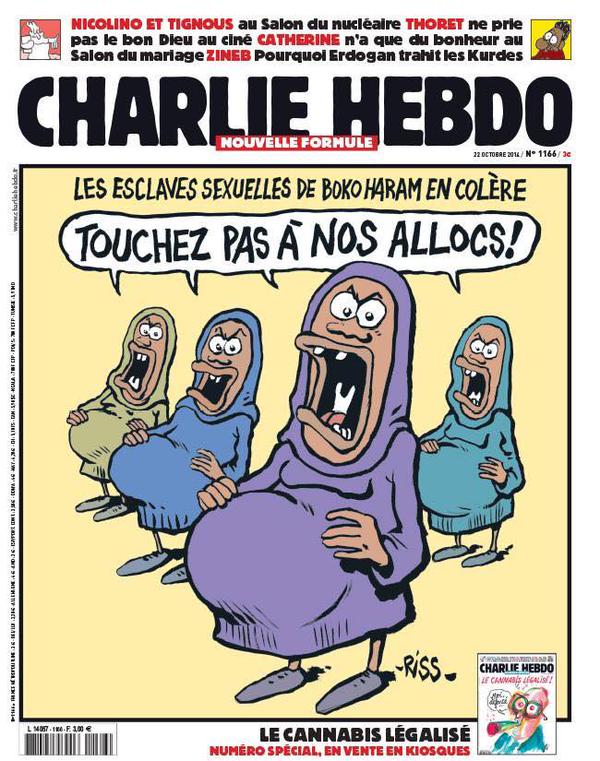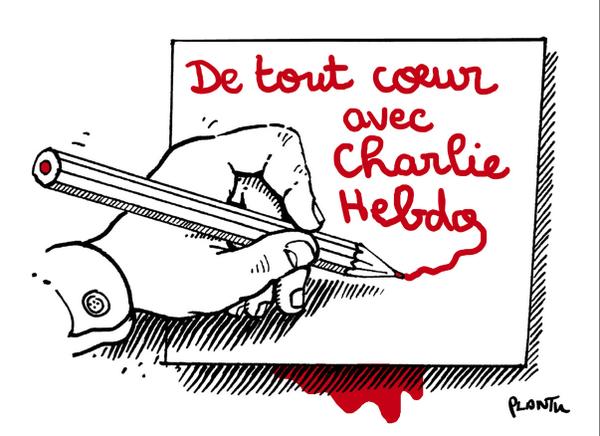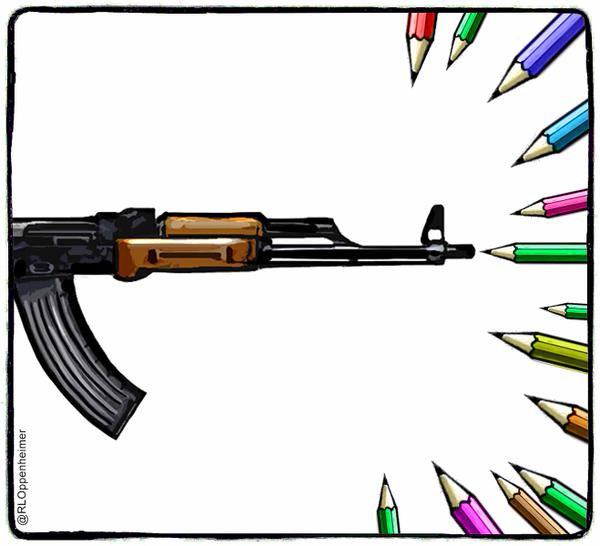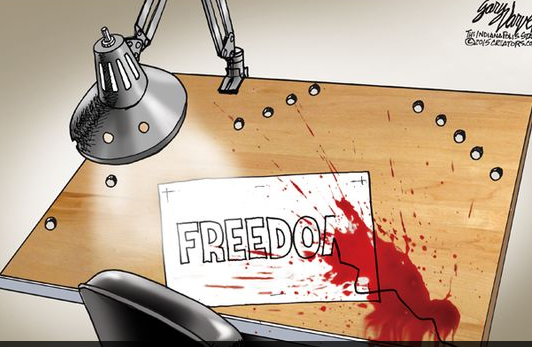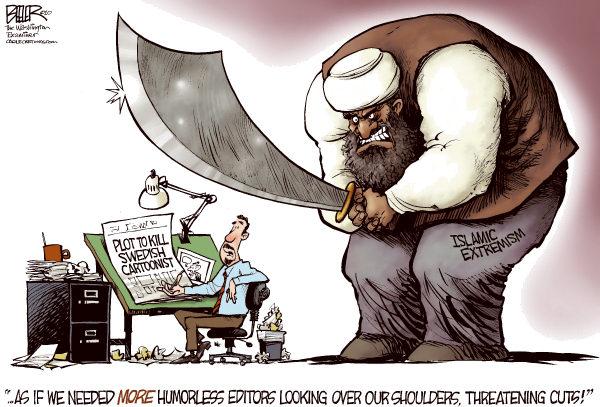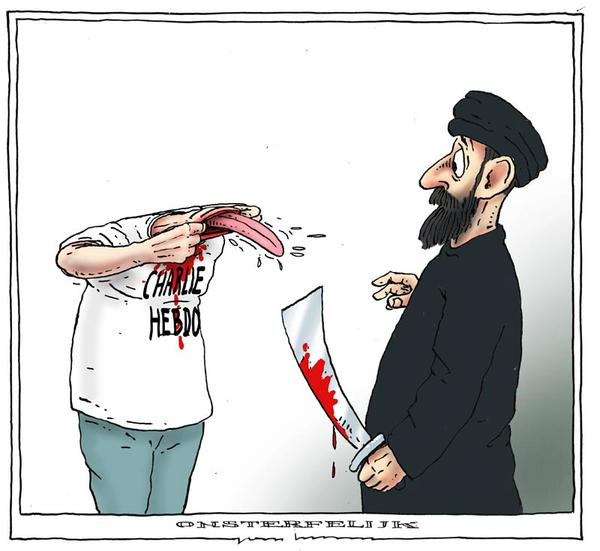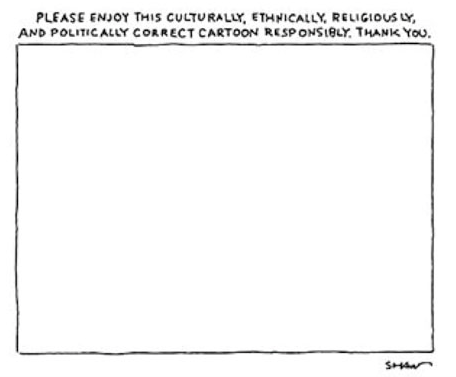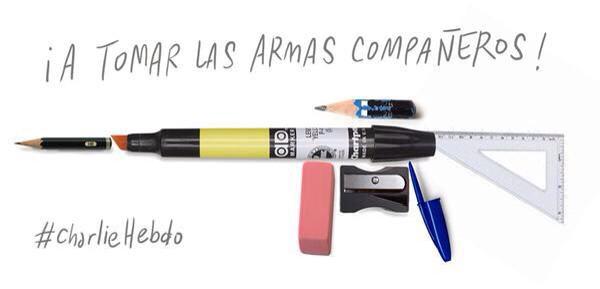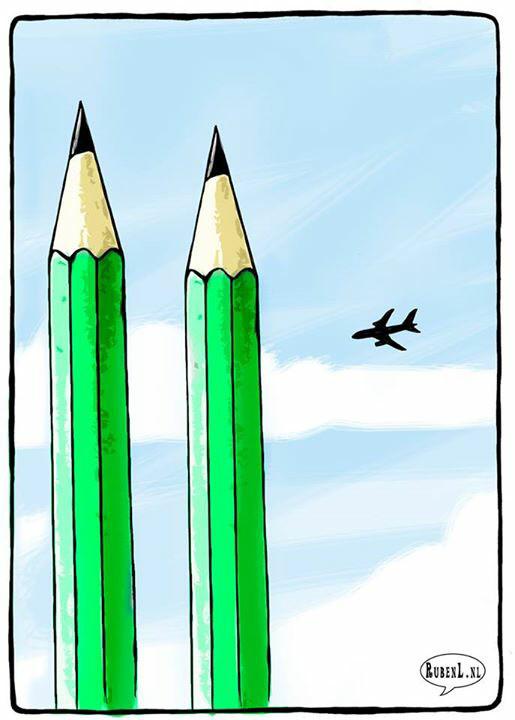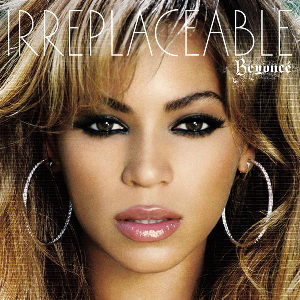This first appeared way back in 2009 in the Chicago Reader. It seemed like a good fit for our roundtable on The Best Band No One Has Ever Heard Of.
__________
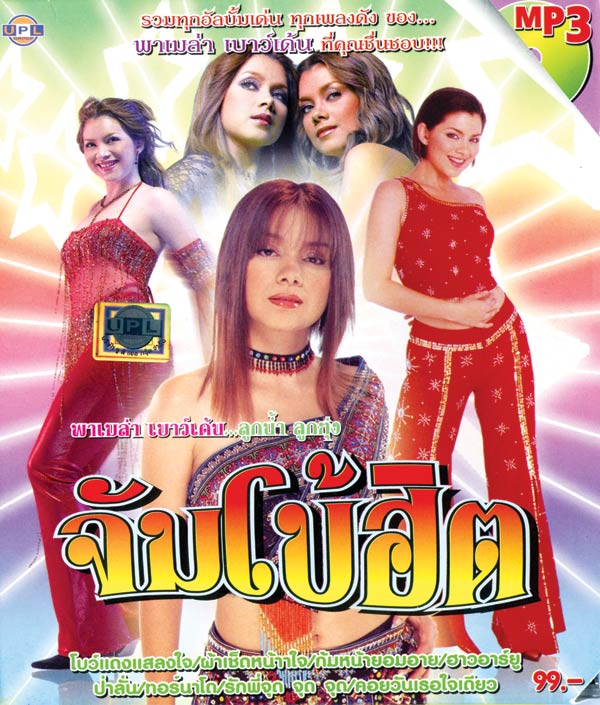
It’s December, which means it’s time for me, as a dutiful blogger, critic, and self-appointed cultural arbiter, to put together my best-of lists. I need to listen to that Raekwon album again to confirm that I really do think exactly the same thing everyone else thinks. I need to check back in with that Mariah Carey album to make sure I really do think exactly the opposite of what everyone else thinks. I need to compare Of the Cathmawr Yards by the Horse’s Ha with Grizzly Bear’s Veckatimest and Antony & the Johnsons’ The Crying Light to figure out which romantic, indie-folk-tinged work of idiosyncratic genius is the most geniuslike. I need to decide if I have to download the new Lightning Bolt album (legally, of course) and form an opinion on it, or whether it’d be safe to simply put it on my list on the assumption that it sounds like all the other Lightning Bolt albums.
At least that’s what I should be doing. Unfortunately . . . well, I’ve gotten kind of sidetracked. Some weeks ago, I was googling an artist from the Sublime Frequencies anthology Thai Pop Spectacular when I stumbled on an utterly bizarre video for a Thai song called “Sao Esan Raw Ruk” by a woman named Pamela Bowden.
[Pamela Bowden] – Sao Isan Raw Ruk by yinyinren
In the video the apparently Caucasian Bowden wiggles carefully to the beat, alternately as a blonde in a green tube top with green star-spangled pants and as a brunette in a black strapless dress. A large freestanding cylinder, like a hybrid of a gazebo and a generator, serves as a backdrop for erratically synchronized choreography featuring a handful of other dancers, all dressed in tight, cheerfully sexy red-and-black outfits. From time to time a boxy tunnel of green gridwork floats behind them, apparently on loan from Tron.
I enjoyed the campy staging, but what really hooked me was the hook. “Sao Esan Raw Ruk” weds overdriven techno-pop to what from my uneducated perspective sounded like traditional Thai rhythms and instrumentation. The result is a little like American pop’s Bollywood fusions—e.g., Amerie’s “Heard ‘Em All”—though the Bowden song has a stiffer beat and less sinuous, more percussive Eastern interpolations. The whole package feels like some sort of robotic exotica, with all the resolutely corny unhipness that implies—except that Bowden’s pure, light phrasing occasionally detaches itself and goes wandering free, a little throb of lyricism amid the frantic thumping. The song is funny, surprising, impossibly catchy, and unexpectedly affecting. If it had come out this year—the video I saw was posted in 2007, which ruled that out—I would’ve put it on my best-of list without blinking.
Finding more of Bowden’s videos wasn’t difficult. And I did manage to obtain a collection of six of her albums, sold as MP3s on a single disc called Pamela Bowden—Jumbo Hit, from the online store eThaiCD. For a non-Thai speaker like me, though, figuring out when those albums and videos were released—or indeed learning much of anything about Bowden—proved a lot trickier. But after a few weeks of moderately obsessive effort, I did manage to piece together some tentative biographical information (and, thanks to the Internet and the staff of Noodles Etc. in Hyde Park, some even more tentative English translations of titles).
Like many Thai pop stars, Bowden is mixed race; from the tidbits I’ve found scattered online, my best guess is that she’s partly Australian. (Though she’s a natural brunette, she sometimes plays up her Westernness by going blonde.) I’m reasonably sure that her first album was 1995’s Pretty P. The hit from that record is a by-the-numbers new-wavish pop-punk tune called “Sorry.” Its video features lots of neon colors and various nerdy guys who are all hyperbolically intimidated by Bowden’s tight DayGlo clothes and general hotness. The beat is overdriven and irritating, the guitar is formulaic, and Bowden sounds thin and strained trying to make herself heard over both.
Pretty P was a commercial success, if not an aesthetic one, and Bowden went on to make at least four more albums in the same vein. Then in the early aughts she switched genres to luk thung. Luk thung is often described as Thai country music, mostly because of its content. The lone blogger at Lukthung & Morlam (loogthung.blogspot.com), who asked to be referred to only as Chris, told me that the songs tend to be about “the poor country dweller who comes to the cruel city, or the hard life of a farmer.”
Traditionally luk thung has emphasized relatively slow songs, with expressive singing and lots of throbbing vibrato. Bowden did at least one album in this vein: Kaew Ta Duang Jai (“Waterfall in the Heart”). Videos for the album show Bowden in formal but still tight-fitting attire, singing midtempo luk thung standards to tasteful accompaniment.
To American ears the style is more like cabaret or torch song than country, with tinges of Memphis soul in some of the horn arrangements. Bowden is front and center in a way she tends not to be in her poppier efforts, and she sounds fantastic; her pure voice gently sways rather than swings along to the beat, and there’s just a hint of the keening bite that gives character to much Thai singing. The best track may be “Ao Kwam Kom Kuen Pai Ting Mae Kong” (“The Sadness of Leaving Mekong”), where she switches between short, careful phrases and extended quasi-yodels, the precision of the first accentuating the heartbreak in the second.
But albums like Kaew Ta Duang Jai are retro exercises. Luk thung has changed drastically in the past ten years, cross-breeding with pop and another rural style called morlam. According to Chris, “You can listen to 5 ‘lukthung’ songs and hear 5 totally different styles of music!”
Bowden’s other records from this decade bear that out. “Wud Jai Kun” (“Test One Another”) from 2002’s Bow Daeng Saraeng Jai (“Red Bow”) opens with what sounds like a saxophone strangling a duck and then goes into an off-kilter Latin beat interrupted by occasional big-band horns. Another song from that album, “Ruk Tai Luey” (“Love With All Your Heart”), dips into cheesy disco funk, with Bowden rhythmically talk-singing like an early rapper. “Noo Mai Dai Len” (“I Can’t Play) from 2003’s Pah Ched Nah La Jai (“Goodbye Heart”) is a three-way grudge match between a house DJ, a hopped-up brass band, and a classic-rock guitarist, with a funk bassist doing laps around the carnage. And then there’s E Nang Dance and E Nang Dance 2, which feature the remarkable blend of Thai pop and techno that was my first exposure to Bowden.
Perhaps, as Chris says, this all coalesces logically into a single genre if you can understand the lyrics. But when I watch the video for “Sao Esan Raw Ruk,” with the gazebo tube and the floating Tron bits and the spangled dancing girls, I find it hard to believe that what Bowden’s singing has anything to do with rural poverty. The title translates roughly to “Looking for Young Love,” which isn’t all that helpful.
For half a moment, I thought I was going to be able to clear this up, as well as fill in all the other gaps in my Pamela Bowden knowledge. After I’d been trying to track her down for several weeks, Chris pointed me to her Facebook page, and when I got in touch she cheerfully agreed to answer a list of questions. But . . . well, presumably catering to an American reviewer is a low priority when your music is basically unavailable stateside. The only information I was able to get from her by press time—she was charmingly apologetic but, she said, very busy—is that she plans to release a new album, Pamela Krajiewbarn, in mid-December.
Which means that, even though “Sao Esan Raw Ruk” turned out to be from 2004, I could still put Bowden on my best-of list for 2009!
Except, of course, that by the time I get a copy of Pamela Krajiewbarn shipped from eThaiCD it’ll probably be mid-January.
But that’s OK. After all, there are probably a bunch of great Thai albums from this year that I haven’t heard—not to mention Laotian albums, Indian albums, and, for that matter, American albums. As amazing a tool as the Internet can be, national boundaries, language barriers, and simple time constraints are still, as it turns out, a really big deal.
Certainly it’s fun to categorize and put things in order and make definitive pronouncements. (Ina Unt Ina’s “Teacher” is the best song of the year, dammit!) But it’s nice too to remember that it really isn’t possible to judge the totality of the world’s music, or even anything close to it. As C.S. Lewis put it, “Be comforted, small one, in your smallness.” Whether or not I download that Yeah Yeah Yeahs album, the world is still going to be bigger than my list. Which is a reassuring thought.
Addendum: Thanks to the power of the internet, I was contacted by an interested Thai speaker, who told me what the deal is with Sao Esan Raw Ruk. The name means “Esan Girl Looking for Love” and does (much to my surprise) tell the story of a simple country girl searching for love in the big city. It’s a traditional song, and Bowden apparently sings many of the lyrics with more than a touch of ironic sass; she deliberately plays up a country Esan accent as she explains that she is a simple country girl with dark skin and little knowledge of love — even though, obviously, she’s a light-skinned half-European wearing tight clothes and shaking about on the dance floor.
Not sure anyone else cares all that much, but learning this pretty much made my week.


